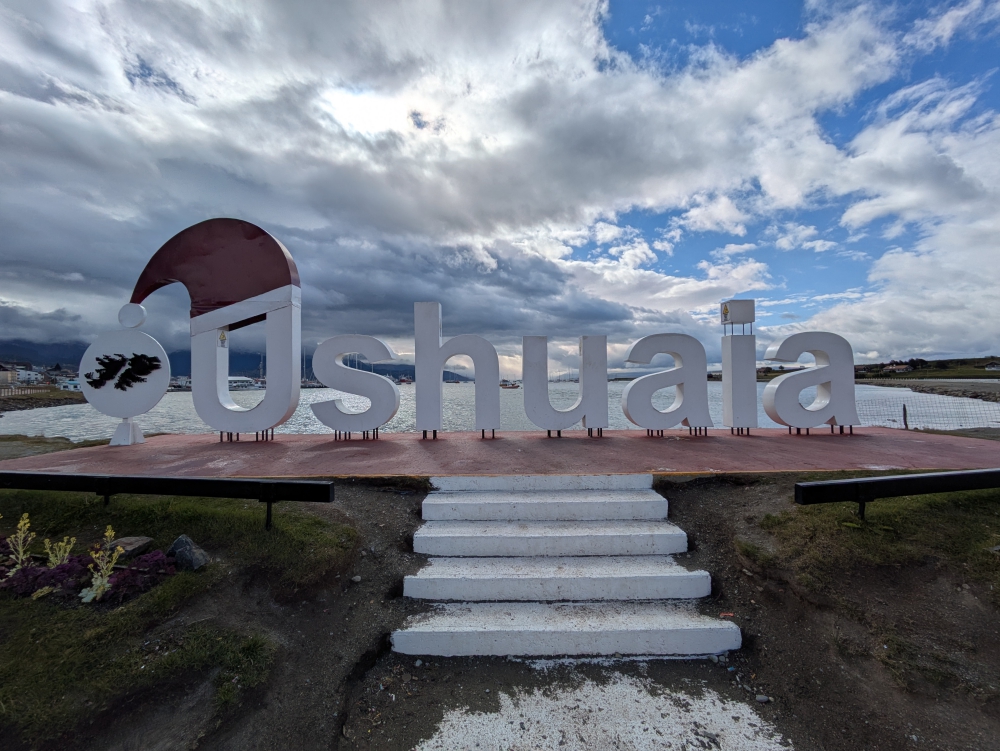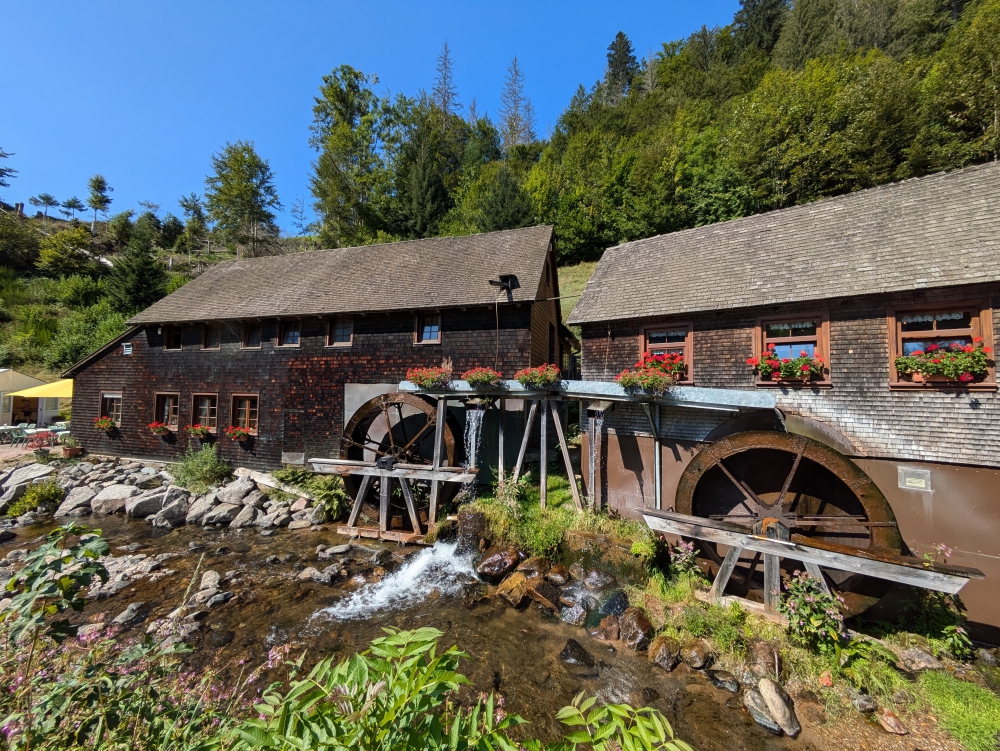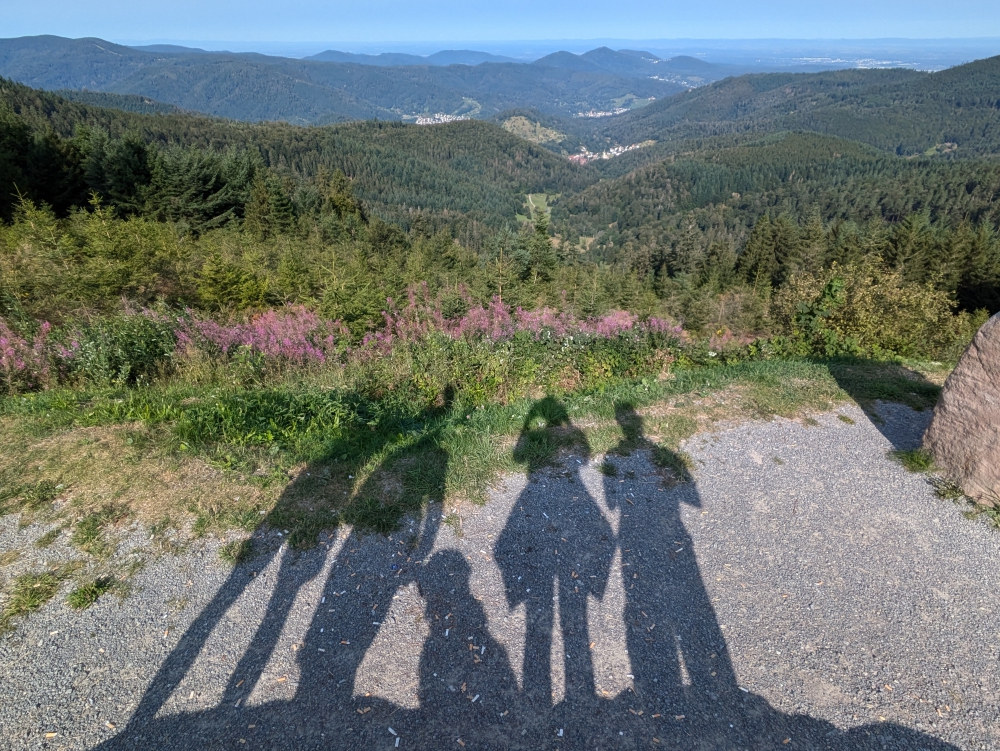Mark and I were not looking forward to arriving in Ushuaia, Argentina, after entering the island of Tierra del Fuego and enjoying its stark beauty, but less so, its strong winds. It was an irrational fear. Not because reaching the “end of the world” was daunting; it’s never the end of the road for us.

Ushuaia – More attractive than we expected
We stalled, because Ushuaia is a city and we don’t like staying or running errands in cities. They are loud, busy, congested, and annoying. Ushuaia did not offer a different experience – we hated driving around and not finding parking – but… its surroundings were extraordinary, unexpected, and jaw-droppingly beautiful.
(As always, hover over or click on photos in galleries to read their captions.)
We were soon drawn to the views and the hikes and ended up staying for five weeks. Mark anyway. I went on a little side adventure, while he and Maya patiently braved the strong winds and heavy downpours for those ten extra days. But I’m getting ahead of myself.
Before reaching Ushuaia proper and the so-called end of the road, we attempted a loop hike in the mountains. That circuit didn’t work out (no signs or paths were detected), but the trail to Twin Lakes still offered a bit of exercise, peace, and mud for all three of us.
Ushuaia
Upon arrival, mid-December, we had to pose by the Ushuaia sign, of course, like thousands of other overlanders have done. For many, this is a serious milestone as they will have driven the entire Pan-American highway from Alaska to Ushuaia. It means their epic road trip and journey has come to an end. Most of them rush to a port from here to ship their vehicle back home, or they sell it in Argentina or Chile after 6-12 months on the continent. It took Mark, Maya, Thirsty Bella, and me exactly two years to get here from Cartagena, Colombia!
Our arrival dread changed into excitement upon witnessing this sign and the mountainous surroundings. The innumerous white caps on the famous Beagle Channel, coloring the water more white than blue, was a telltale of how windy this area gets. We better got used to it from the start!
The first plan of action, even before running errands, was to find a decent spot to replace our rear brakes. On day one in Ushuaia, we took the camper off our truck and Mark started this day-long project, while I stood by for assistance. The wind and dust weren’t helping and – of course – something had to go wrong.
Continue reading


































































































































































